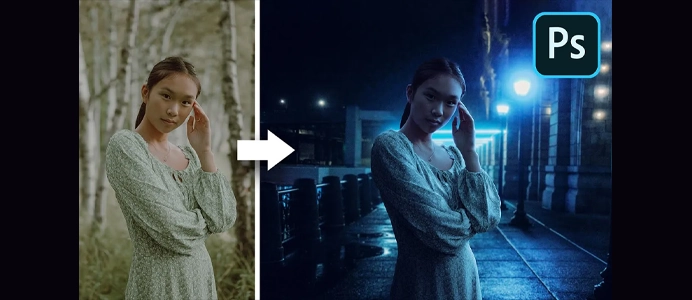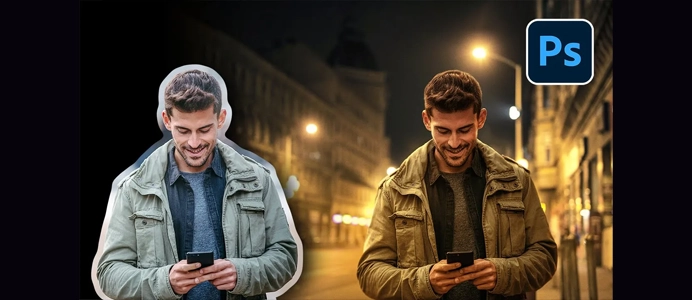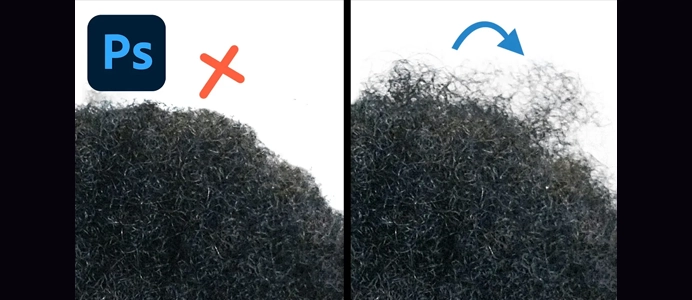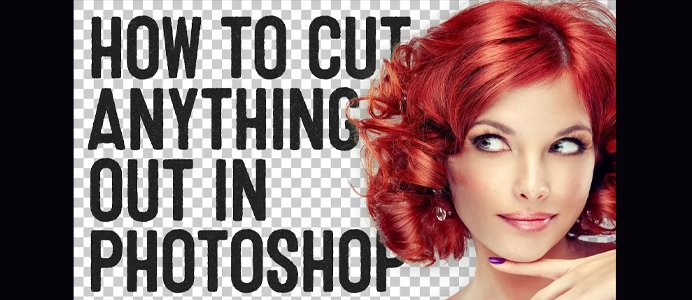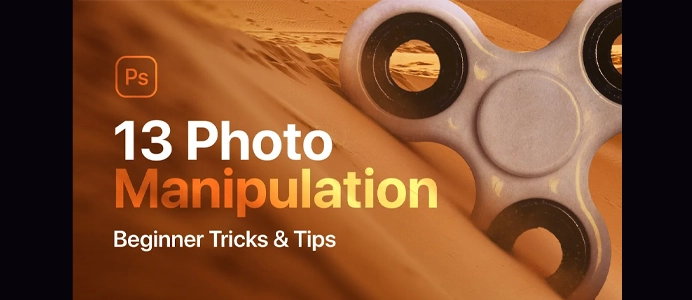How to Adjust Layers to create Highlights in Photoshop
Adjusting layers to create highlights in Photoshop involves manipulating layer properties, blending modes, and layer styles to enhance specific areas of an image. Here’s a step-by-step guide:
1. Open Your Image:
- Open the image you want to work on in Photoshop.
2. Duplicate the Background Layer:
- In the Layers panel, right-click on the background layer and choose “Duplicate Layer.” This ensures you have a copy to work on.
3. Add a New Layer:
- Create a new layer by clicking on the “New Layer” icon at the bottom of the Layers panel.
4. Set Blend Mode to Overlay:
- Change the blend mode of the new layer to “Overlay” using the dropdown menu in the Layers panel. This blend mode enhances contrast and can intensify highlights.
5. Fill the Overlay Layer with Neutral Gray:
- If you want to work with a neutral overlay layer, fill the new layer with neutral gray. Choose the Paint Bucket tool (G), set the foreground color to 50% gray (#808080), and fill the layer.
6. Adjust Layer Opacity:
- Adjust the opacity of the overlay layer to control the strength of the highlights. Lower opacity for subtler highlights and increase it for more intensity.
7. Create a New Layer for Manual Highlights:
- Add another new layer for manually painting highlights. Select the Brush Tool (B), set the brush color to white, and adjust the brush opacity for control.
8. Paint Highlights:
- Paint over the areas where you want to add highlights. Focus on edges, surfaces facing the light source, or any elements you want to emphasize.
9. Adjust Layer Opacity for Manual Highlights:
- Adjust the opacity of the manual highlight layer to control the intensity of the manually added highlights.
10. Experiment with Layer Styles:
vbnetCopy code
- Double-click on the layers in the Layers panel to open the Layer Style dialog. Experiment with options like "Inner Glow," "Outer Glow," or "Bevel and Emboss" to enhance highlights further.
11. Add Adjustment Layers (Optional):
vbnetCopy code
- Consider adding adjustment layers like "Curves" or "Levels" to fine-tune the overall contrast and brightness of your image.
12. Fine-Tune with Layer Masks:
rustCopy code
- Use layer masks to control where the highlights are applied. This allows for precise adjustments, especially in complex or detailed areas.
13. Compare Before and After:
cssCopy code
- Toggle the visibility of the layers or use the History panel to compare the image before and after adding highlights.
14. Save and Export:
vbnetCopy code
- Once you're satisfied with the highlights, save your work or export the image in your preferred format.
Tips:
- Experiment with Different Blend Modes:
- Try other blend modes besides “Overlay,” such as “Soft Light,” “Screen,” or “Linear Dodge (Add),” to see how they affect the highlights.
- Adjust Opacity for Subtlety:
- Subtle highlights often look more realistic. Adjust the opacity of layers to achieve a natural effect.
- Consider Light Direction:
- Think about the direction of light in your image. Apply highlights where the light would naturally hit surfaces.
- Use Layer Styles for Special Effects:
- Layer styles can add unique effects to highlights. Experiment with different styles to achieve the desired look.
By following these steps and experimenting with settings, you can effectively adjust layers to create highlights in Photoshop and enhance specific areas of your images.
ChatGPT can make mistakes. Consider checking important information.




